Friend of steemit today I will talk about the issue of the Lemna known as the Green Spot which has been a problem in the largest lake in South America as is Lake Maracaibo, due to its high degree of pollution as a result of oil exploitation and other pollutants that are in it.

Photo taken from my personal phone passing the bridge over the lake.
Lemna is a floating aquatic vascular plant, which is known as "duckweed". Its approximate size is about 0.5 cm. It has a modified structure called "fronde", which is a kind of fusion between the stem and the leaves. From each frond, up to 5 new plants can be produced vegetatively. Under optimal conditions, this plant can double its population in just two days. The optimum range of salinity in which the plant develops is from 0.8 to 4.0%. The plant also requires nitrogen in the form of ammonium, of warm and still waters, in order to be able to reproduce.
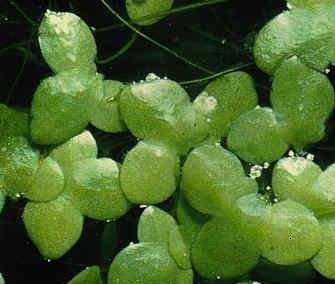
The species Lemna SP or Lentja de agua is a family of 20 species of unisexual flowers that reproduce at a very fast rate and capable of absorbing all kinds of nutrients. These species are able to travel 254 kilometers between 12 and 14 days and grows in nitrogen-rich environments, something that has become characteristic in Lake Maracaibo as a result of untreated wastewater (sewage) that the local hydrological company pour To this is added the fresh water of the Catatumbo River that forms a layer on the salt water of the lake. This generates a process that allows the nutrients to move through the lake against the hands of the clock, and the plant also moves by the wind and the waves, taking advantage of and capturing greater nutrients in the parts where there is contamination, which are quite .
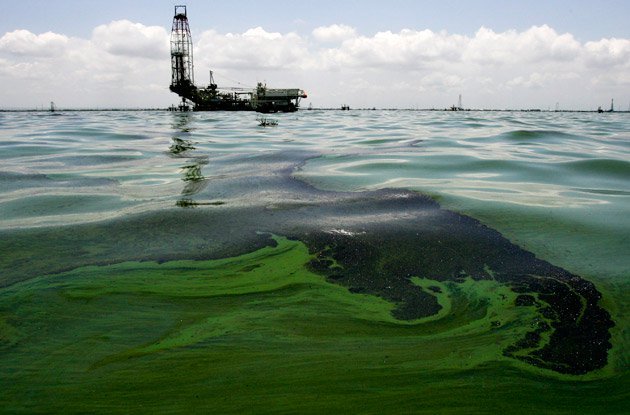
Lemna on the one hand serves as food for fish and microbes. You can also consume agents that currently pollute the lake. The problem lies when the living beings that live in the Lake consume the contaminated lemna, their organism becomes intoxicated and in turn everyone who consumes it is at risk of intoxicating itself. In addition, an excessive increase in green lentil obstructs the passage of sunlight and prevents photosynthesis, causing lack of oxygen, which causes a serious problem in the ecosystem.
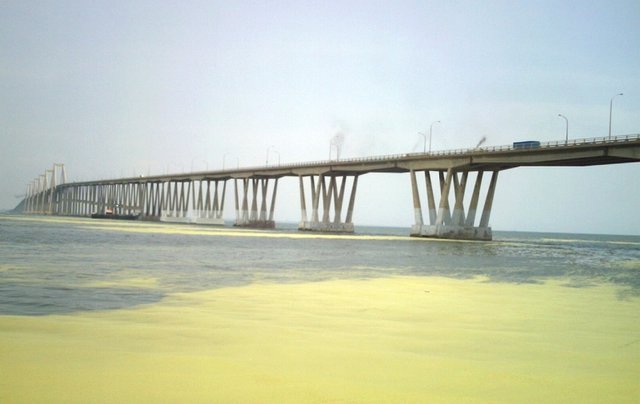
On the other hand, if the lemna accumulates in very large piles and begins to ferment and heat up, this lemna can cause serious problems, both for the animals and for the skin of the people.
Since February 2004 there have been manifestations of the appearance of the plant atypically in the Lake, especially on the east coast; However, during the months of May and June the lemna's presence intensified in the coasts of San Francisco and towards the metropolitan area of the Municipality of Maracaibo.
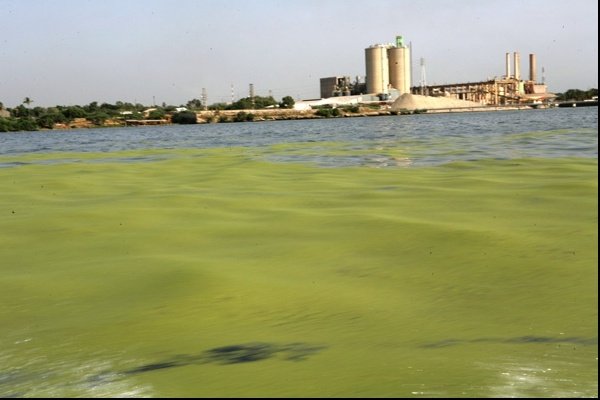
The Lemna SP plant has managed to cover around 15 percent of the surface of Lake Maracaibo but threatens to spread, despite efforts to eradicate it. In addition to having seen a significant increase in the southern coasts, now the green carpet came to the boardwalk, in the center of Maracaibo. At the end of 2004 the Lemna was mobilized towards the center of the lake as a result of the trade winds coming from the north of the state of Zulia, and also partly by collecting work in the coastal areas.
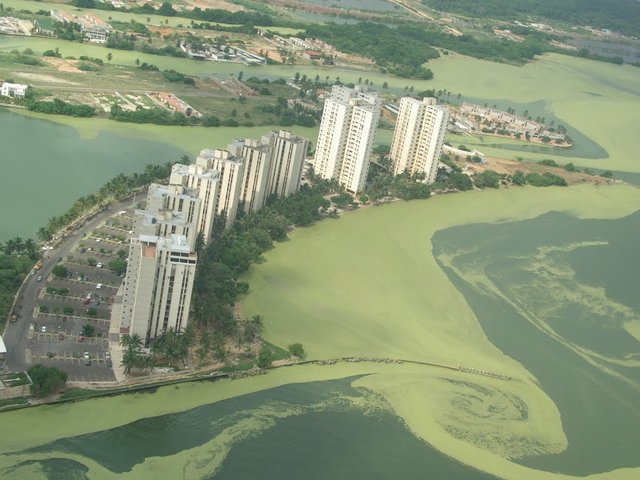
The Lemna SP was not eliminated from the lake, it was only partially controlled and reappeared in mid-2005 and in 2006 on the Zulia coasts, in populated areas, in the municipalities of Lagunillas, Cabimas and in the town of Bachaquero. Eventually to the coasts of Maracaibo.
Unfortunately, if the authorities and the Zuliana population do not take the respective precautions to the sanitation of the lake, this over time could become a swamp or even worse in a desert.
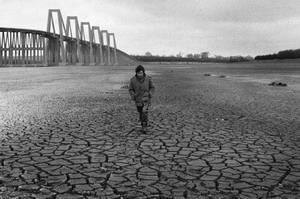
I hope this information is useful for you and help raise awareness for our ecosystem, do not forget to comment and if you liked, vote and if you want to follow me @ Profe.Mayela. Thank you....!
Sources used:
http://www.monografias.com/trabajos16/lago-de-maracaibo/lago-de-maracaibo.shtml
https://es.wikipedia.org/wiki/Contaminaci%C3%B3n_del_Lago_de_Maracaibo
http://www.vitalis.net/2006/06/lemna-lenteja-lago-maracaibo/
http://www.venelogia.com/archivos/173/
http://rele.fcien.edu.uy/pdf/Lemna_en_el_Lago_de_Maracaibo.pdf